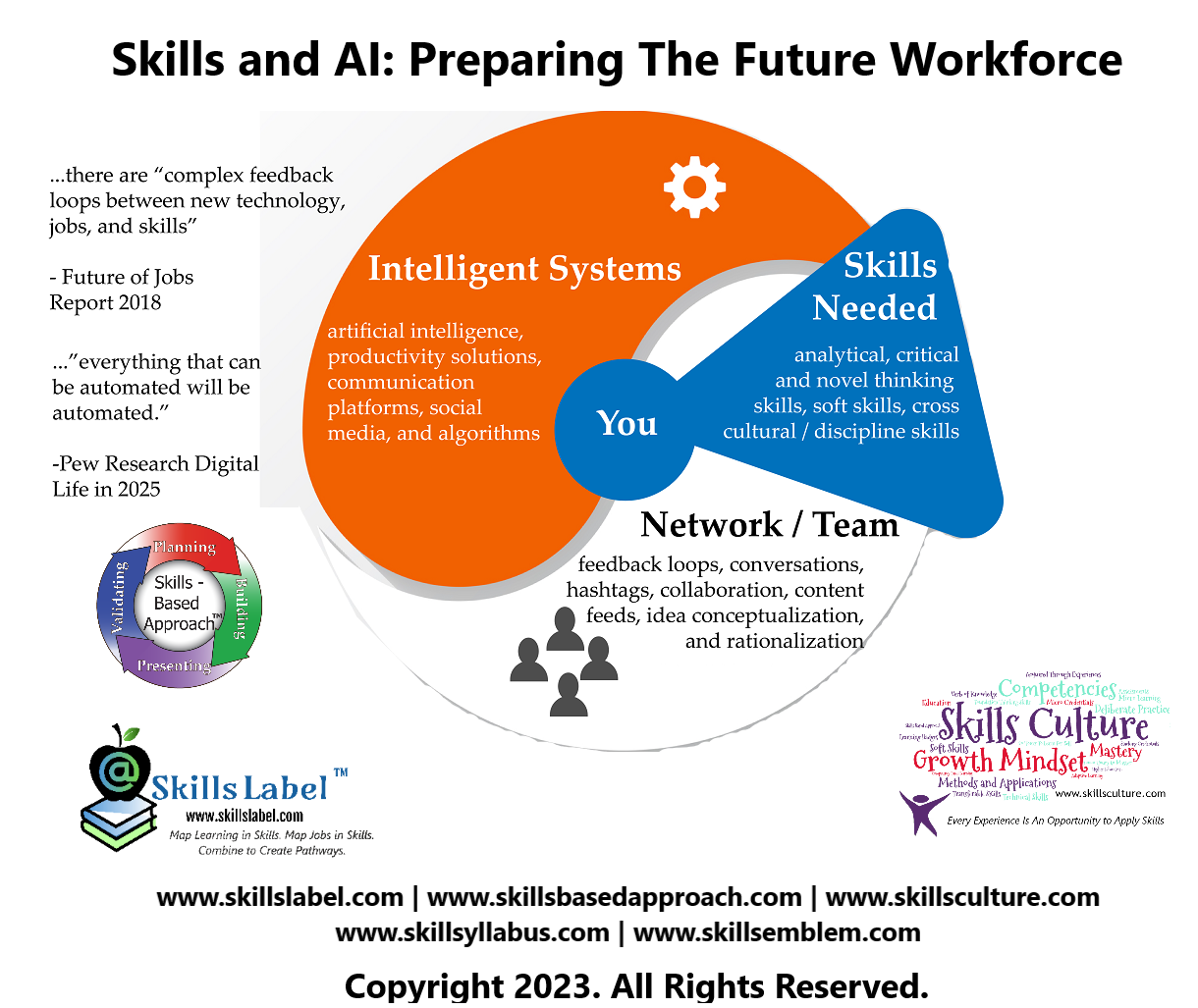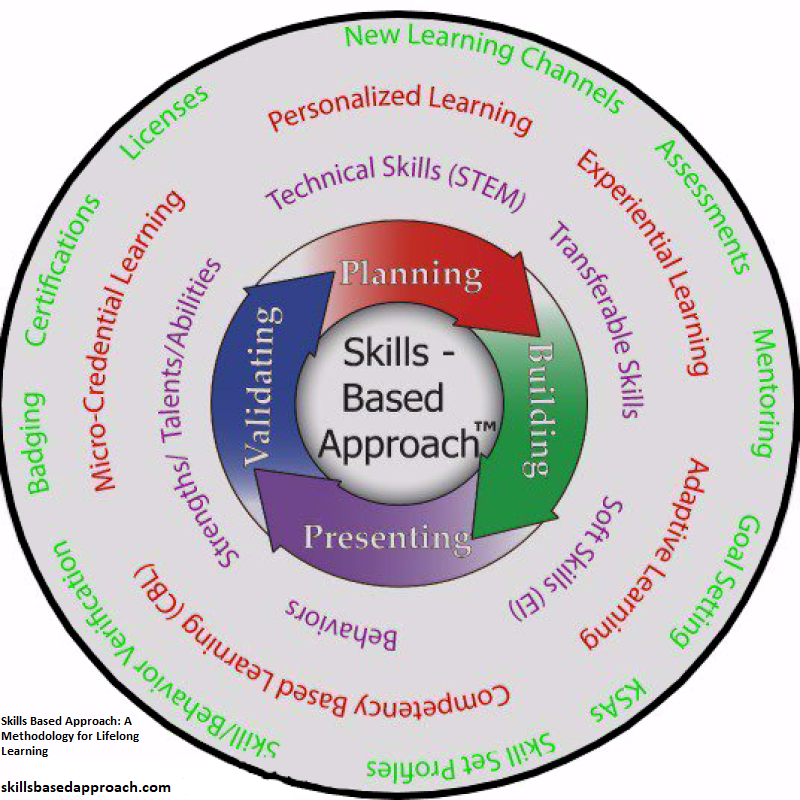I do not contest basing hiring decisions based on merit. The fourth stage of the Skills Based Approach methodology is Validating– verifying an individual reached a desired skills competency, goal, or expectation; in the book Skills Based Approach: A Methodology for Lifelong Learning I suggest accomplishing this using a “validation strategy” where an individual stacks credentials (awards, certificates, badges, etc.), references, and/or work samples or experiences. I emphasize these credentials are both quantitative and qualitative evaluations.
I think when candidates possess similar skill sets and could probably perform at a similar level for a job, there are ways to evaluate how a person fits with a team and a holistic evaluation is more desirable than crunching merit evaluations. For teams, according to one frequently cited study “it is possible to predict a Collective Intelligence, and the primary indicators are social sensitivity of group members and mutual respect”. Stacking individual intelligence, cohesion and motivation are not strong indicators. There are a few other intelligences beyond the most measured Cognitive Intelligence (IQ); they include Emotional Intelligence (EQ), Creative Intelligence (CQ), and Contextual Intelligence.

The Skills Based Approach methodology is also effective here. The methodology tracks all skills – social and soft skills, thinking skills, transferable skills, and technical skills. All these skills are defined and quantified on Job Labels (one of the three parts of a Job Future). A Job Future or Label is represented as a Skills Based Approach Instance in the apps.
If corporations decide to adopt a more merit-based approach to hiring, one way to make the process more equitable would be to openly publish what are the key skill metrics they are measuring. Furthermore, a truly social conscious corporation might provide training content and/or learning pathways (a map) to prepare for the jobs.
Job Futures is a platform that accomplishes the first goal by accurately defining and quantifying the skills for a job 6 months to 2 years in the future. Ideally, an individual interested in the Job Future starts preparing for the job and acquiring the necessary skills – irrespective of their social economic background.
For the second goal, the patented Learning Labels platform is designed to map and create learning pathways, and an interface is built into the apps – though this in the early stages of adoption.
However, the Learning Labels platform does include a catalog of live, actual learning labels referencing national education standards – Common Core and NGSS and is in the public domain.
